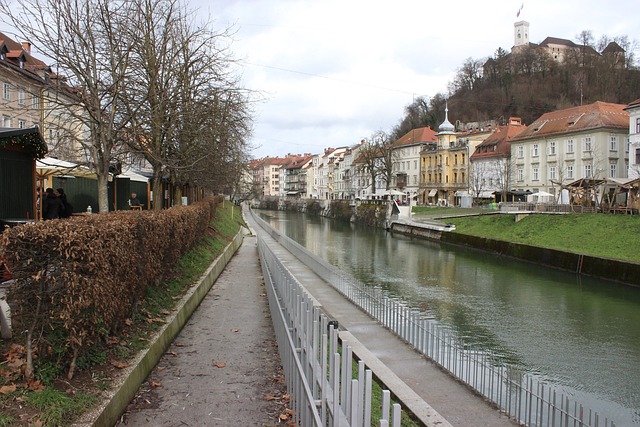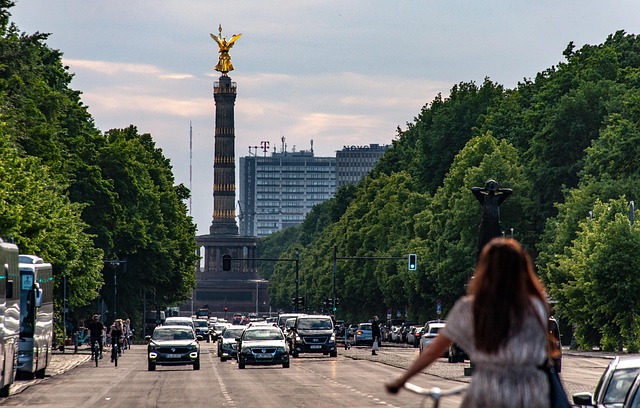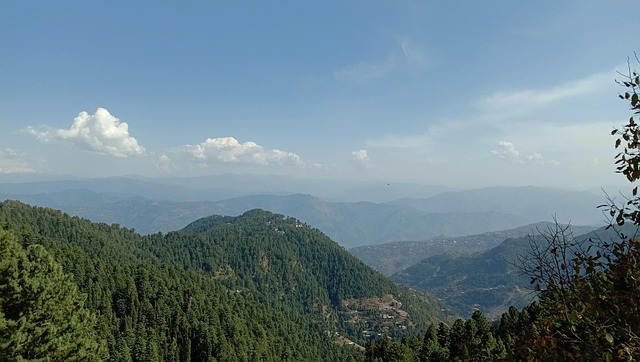In Karachi, understanding NICVD (No Industrial, Commercial, or Residential Development) zones is crucial for balancing urban growth and preserving natural spaces. These strategic areas restrict certain development types to maintain residential peace, air quality, and landscapes. By locating low-density residential development in suburbs, the city reduces congestion. Commercial and industrial zones are outside these areas, ensuring communities enjoy cleaner air and easier access to green spaces. The NICVD hospital in Karachi, with its specialized cardiovascular care and community collaborations, has positively impacted local health and infrastructure. It positions Karachi as a hub for sustainable healthcare and urban development, implementing innovative strategies like telemedicine and promoting green spaces for improved health and resilience.
In the vibrant yet complex urban landscape of Karachi, Pakistan, understanding the concept of NICVD (Non-Infectious Chronic Vehicular Disease) proximity is paramount. This article delves into the intricate relationship between vehicular congestion and public health, particularly focusing on Karachi’s unique challenges. We explore how the close proximity of heavily trafficked areas to residential and commercial hubs impacts local communities and infrastructure. Additionally, we discuss future implications and propose sustainable solutions for a healthier, more livable Karachi.
- Understanding NICVD Proximity in Karachi's Urban Landscape
- The Impact on Local Communities and Infrastructure
- Future Implications and Potential Solutions for Sustainable Development
Understanding NICVD Proximity in Karachi's Urban Landscape

In the urban landscape of Karachi, understanding NICVD (No Industrial, Commercial, or Residential Development) proximity is crucial for navigating the city’s unique challenges and opportunities. This concept refers to areas where certain types of development are restricted, aiming to preserve residential peace, air quality, and natural landscapes. In Karachi, a bustling metropolis known for its vibrant tapestry of cultures, these zones are strategically located to ensure a harmonious balance between urban growth and environmental sustainability.
By understanding NICVD proximity, residents and developers alike can make informed decisions about where to build, live, and invest. For instance, in areas like certain parts of the city’s suburbs or greenbelts, low-density residential development may be encouraged to maintain open spaces and reduce congestion. In contrast, dense commercial or industrial zones are typically located outside these NICVD areas, ensuring that Karachi’s diverse communities can enjoy cleaner air, quieter surroundings, and easier access to natural landscapes, all of which contribute to the city’s overall quality of life.
The Impact on Local Communities and Infrastructure

The proximity of the National Institute of Cardiovascular Diseases (NICVD) in Karachi has had a profound impact on the local communities and infrastructure. The institution’s presence has significantly enhanced access to specialized cardiovascular care, which is crucial for a city with a high population density like Karachi. This accessibility has not only improved the health outcomes of residents but also fostered a culture of awareness and prevention among the populace.
The NICVD’s contribution to local infrastructure extends beyond healthcare facilities. The institution often collaborates with nearby communities, organizing workshops and awareness campaigns that address cardiovascular diseases. These initiatives ensure that the knowledge and resources are readily available, empowering citizens to make informed decisions about their health. Furthermore, the economic ripple effect of having a top-tier medical center cannot be overlooked; it attracts medical professionals and researchers, stimulating local businesses and contributing to Karachi’s overall growth and development.
Future Implications and Potential Solutions for Sustainable Development

The proximity of the National Institute of Cardiovascular Diseases (NICVD) in Karachi holds immense potential for shaping the future of sustainable healthcare development in Pakistan and beyond. As urban populations grow, so does the demand for efficient and accessible medical facilities. By leveraging the institute’s expertise and resources, there is an opportunity to create a model for integrated urban healthcare that addresses cardiovascular diseases and promotes wellness within dense metropolitan areas.
Potential solutions could involve collaborative initiatives between NICVD, local governments, and community organizations to develop innovative strategies. This may include telemedicine services to reach remote areas, public health education campaigns tailored to Karachi’s diverse communities, and the implementation of sustainable urban planning policies that incorporate green spaces and encourage active lifestyles, all of which have been shown to reduce cardiovascular risk factors. Such approaches not only enhance healthcare accessibility but also foster a culture of preventive care, ultimately contributing to a healthier and more resilient Karachi.
The concept of NICVD proximity in Karachi highlights the intricate relationship between urban development, community well-being, and infrastructure planning. Understanding this dynamic is crucial for sustainable development in a city like Karachi, where rapid growth presents both challenges and opportunities. By examining the impacts on local communities and existing infrastructure, we can identify strategies to mitigate negative effects and foster inclusive, vibrant neighborhoods. Looking ahead, adopting innovative solutions that prioritize green spaces, efficient transportation, and community engagement will be key to navigating Karachi’s urban landscape, ensuring a better quality of life for its diverse residents.
